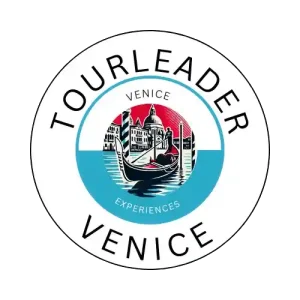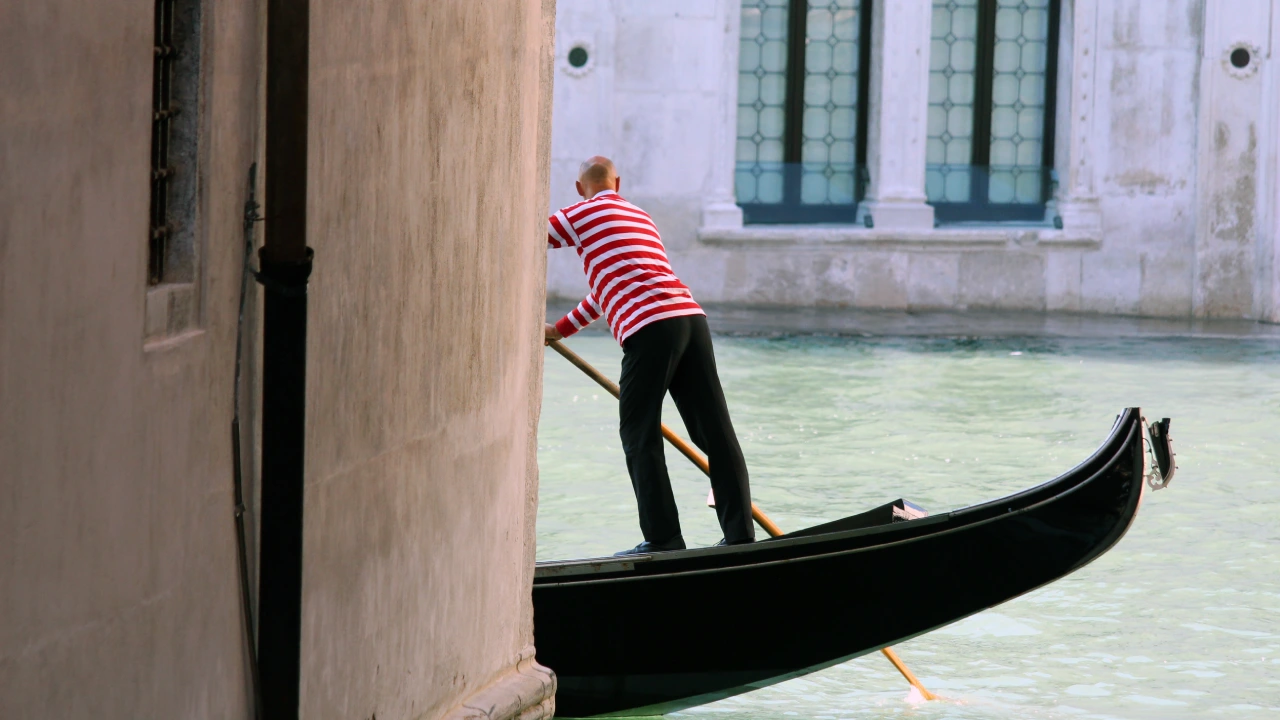Do I Need a Car in Venice? (Spoiler: Definitely Not!)
If you’re planning a trip to Italy, this might be one of the first questions that pops into your head:
“Do I need to rent a car in Venice?”
The short answer: No.
The long answer: Not only do you not need one — you can’t even use one.
Venice is a car-free city — no roads, no traffic lights, no engines humming in the distance. Once you cross into the historic center, you’ll hear only footsteps, church bells, and the gentle splash of water against stone. And that’s exactly what makes Venice so magical.
🌊 The Geography of a City on Water
Venice is unlike any other place on Earth. Built on more than 100 small islands in a shallow lagoon, it’s connected by 400 bridges and over 150 canals. No cars, no bikes, no mopeds — just boats and bridges.
The only “vehicles” allowed are boats: private vessels, public waterbuses known as vaporetti, sleek private motorboats, and even floating ambulances and police boats. Once you arrive at Piazzale Roma or the Santa Lucia train station — that’s it. From there, you’re traveling on foot or by boat.
📜 A Bit of History: Why Venice Has No Cars
Venice was founded in the 5th century AD, long before cars existed. Refugees escaping invasions built wooden homes on stilts in the lagoon, creating a community that grew organically — canal by canal.
When the rest of the world modernized, Venice stayed faithful to its nature. The Ponte della Libertà (Bridge of Liberty), built in 1933, connects Venice to the mainland — but only as far as Piazzale Roma. That’s the city’s final stop for wheels. Beyond that point, Venice remains beautifully car-free.
The narrow alleys, centuries-old bridges, and delicate foundations couldn’t support cars — and Venetians have proudly resisted any attempt to change that. Frankly, no one misses the traffic.
🧭 So, How Do You Get Around Venice?
There are three main ways — and they’re all part of the fun:
1️⃣ Walking
This is the best way to explore Venice. The city is compact enough that you can walk from one end to the other in about 40 minutes — though with gelato stops, photo breaks, and spritz detours, you’ll want to take your time.
As we explain in our full guide “Can I Walk Everywhere in Venice?”, walking lets you truly feel the rhythm of the city. Look for the yellow signs pointing to San Marco, Rialto, or Piazzale Roma — they’re your built-in GPS.
2️⃣ Vaporetto (Water Bus)
The vaporetto is Venice’s version of a subway or bus network. ACTV waterbuses glide along the Grand Canal and out to Murano, Burano, and Lido. They’re frequent, scenic, and surprisingly affordable.
🎟 Ticket Tip: A 24-hour pass usually costs less than two single rides if you’re hopping around the lagoon.
3️⃣ Water Taxis & Private Boats
If you want to travel in style — or skip crowded docks — book a private water taxi transfer. It’s Venice’s version of a luxury car service, ideal if you’re arriving with luggage or heading straight to your hotel’s private dock.
🧳 Pro Tip: Choose our airport-to-hotel transfer for a stress-free, cinematic arrival — champagne optional, smile guaranteed.
🚙 Where Cars Are Allowed (Barely)
If you arrive by car, you can drive only as far as Piazzale Roma — the last frontier of asphalt. There you’ll find major parking garages like Garage San Marco and Autorimessa Comunale AVM.
From Piazzale Roma, you can reach the city center on foot or by boat. Alternatively, you can park in Mestre (on the mainland) and take a quick 10-minute train or bus ride into Venice — a good option for multi-day stays.
💙 Why No Cars Is a Good Thing
It might sound strange at first — especially if you’re used to driving everywhere — but Venice’s car-free nature is what keeps it peaceful, safe, and breathtakingly beautiful.
- 🚶♀️ Peaceful: No engines, no honking, no fumes — just footsteps and water.
- 🧒 Safe: Kids can run freely, and seniors stroll without worry.
- 🏛️ Beautiful: Without roads or cars, your eyes wander from marble façades to canal reflections — pure serenity.
🌅 Final Thoughts: Embrace the Slow Life
In Venice, you trade speed for serenity. The goal isn’t getting from point A to B — it’s enjoying every step (and splash) in between.
Stroll through quiet lanes in Castello, pause for a spritz in a sun-drenched campo, or glide beneath the Rialto on a private boat. The absence of cars gives you something far more precious: time to truly feel the city.
So, no — you don’t need a car in Venice. You need comfortable shoes, a sense of wonder, and maybe a local guide who knows the best shortcuts (and the best gelato).
🚤 Plan Your Car-Free Venice Tour
Because in Venice, the only traffic you’ll ever find… is made of boats. 💙
FAQs for Do I Need a Car in Venice? (Spoiler: Definitely Not!)
Can I drive or rent a car in Venice?
No — the historic center of Venice is completely car-free. You can drive only as far as Piazzale Roma, where the road ends. From there, you’ll continue on foot or by boat. If you’re arriving by car, park at Garage San Marco or Autorimessa Comunale AVM, or stay on the mainland in Mestre and take a short train or bus into the city.
What’s the best way to get around Venice without a car?
Walking and boats are your best friends here. The city is compact enough to explore on foot, and you can use vaporetti (public water buses) for longer trips — or choose a Private Boat Tour for a stylish, stress-free experience. For airport or cruise arrivals, book a Seamless Transfer from Venice Airport to Your Hotel or Apartment to travel like a local — by water.
Are there any areas near Venice where I can use a car?
Yes. You can drive freely on the mainland (Mestre, Marghera, and the Veneto region), but once you cross the Ponte della Libertà into Venice proper, cars are no longer permitted. For day trips outside the city — to the Prosecco Hills, Dolomites, or Verona — Tour Leader Venice offers private transfers and guided excursions that handle all the logistics, so you never have to worry about parking or directions.







